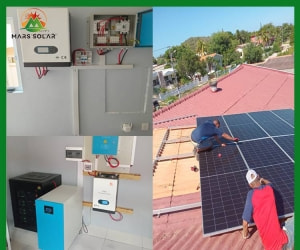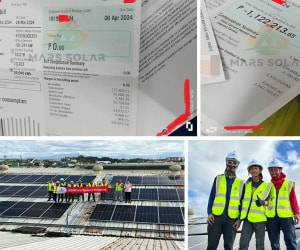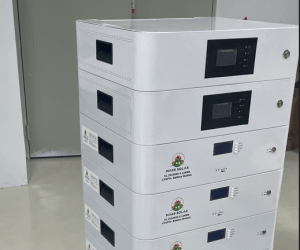IEA: Annual new PV installations to more than quadruple to 650GW by 2030
A few days ago, the International Energy Agency said in its "World Energy Outlook 2022" report that photovoltaics and wind power are the most important ways to reduce emissions from the power sector. The agency said the share of electricity generated by photovoltaics Complete Home Solar Systems and wind will increase from 10% in 2021 to 40% in 2030 and even 70% in 2050.
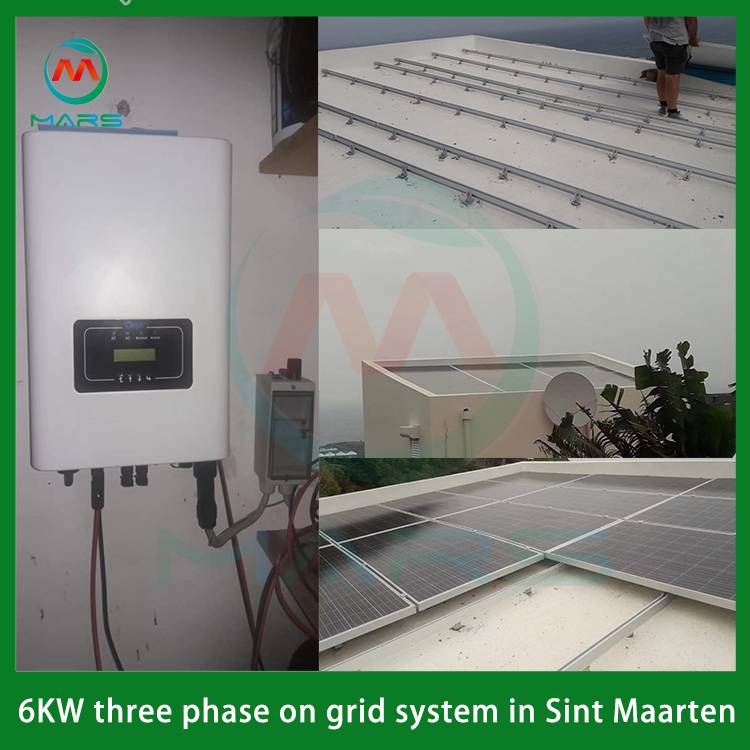
In 2021, the global photovoltaic installed capacity will reach 150GW. Module prices have fallen by 80% over the past decade due to economies of scale and continued innovation across the supply chain. As a result, photovoltaics have become the most affordable power generation technology in many regions of the world. The International Energy Agency expects annual new PV capacity to more than quadruple to 650GW by 2030.
By 2030, annual solar and wind capacity in the U.S. will increase by 2.5 times from current levels, thanks in part to the introduction of the Inflation Reduction Act (IRA). The new target also drives a massive accumulation of clean energy in China, where coal and oil consumption will peak by 2030. The EU's accelerated deployment of renewable energy and increased efficiency means that EU demand for gas and oil will fall by 20% and coal consumption by 50% in the decade to 2030, the report said.
The average selling price of solar panels rose for the first time in 2021, rising by about 20% compared to 2020 due to higher freight rates and prices (especially higher polysilicon prices). The IEA said that while module prices remained high in the first half of 2022, continued innovation, in-depth improvements in materials and improved energy efficiency will further reduce costs.
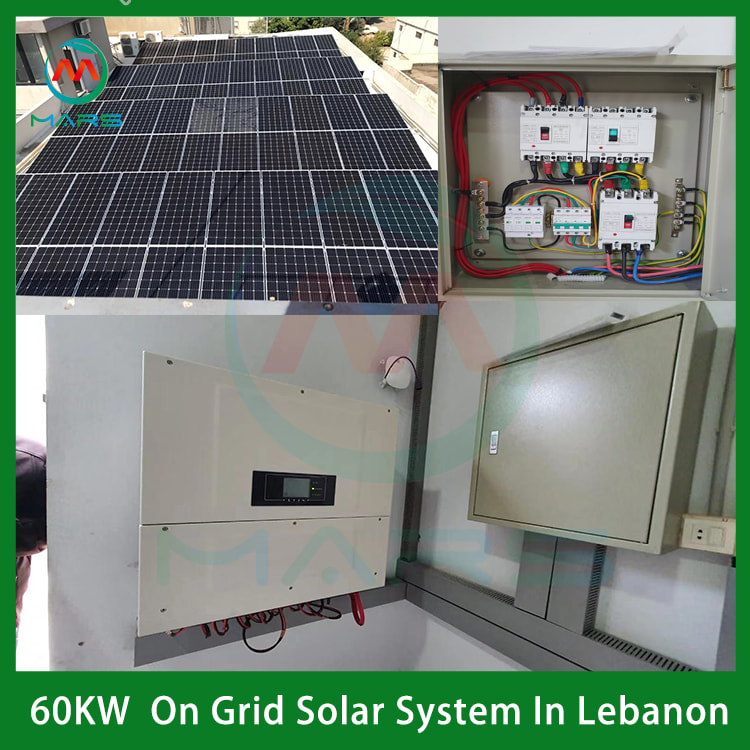
The International Energy Agency said the energy crisis triggered by the Russian-Ukrainian conflict could accelerate the transition to a more sustainable energy system. While fossil fuel consumption will peak during this decade, it will still decline in the long run. The International Energy Agency forecasts that investment in climate-neutral technologies will exceed $2 trillion annually by 2030 through the U.S. Inflation Reduction Act, the European Union’s Renewable Energy Plan, and other programs in Japan, South Korea and China. This equates to an increase of more than 50% from current investment levels. However, this would still fall short of the 1.5°C target – a target that would require a $4 trillion investment by 2030.
-
 Solar PV System Expansion: Compatibility, Efficiency & Implementation Guide1. Background and Necessity Early-installed PV systems generally fail to meet the growing energy demands of modern households and enterprises. Compared with replacing the entire system, expansion is a more economical option—but the core question
Solar PV System Expansion: Compatibility, Efficiency & Implementation Guide1. Background and Necessity Early-installed PV systems generally fail to meet the growing energy demands of modern households and enterprises. Compared with replacing the entire system, expansion is a more economical option—but the core questionDo you like ?0
Read more -
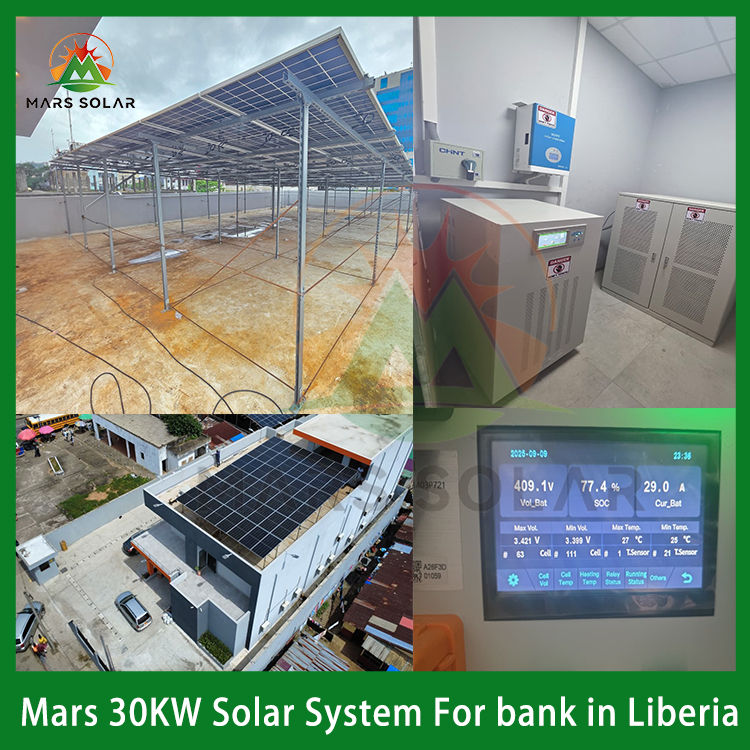 Customized Off-Grid Solar System for a Liberian Bank: Achieving Power IndependenWhen Banks Face the Challenge of "Grid Power Outages and Voltage Fluctuations": A Real-World Solution from Liberia In scenarios where the power grid is unstable and manual intervention is difficult, how to ensure the 24/7 stable operation
Customized Off-Grid Solar System for a Liberian Bank: Achieving Power IndependenWhen Banks Face the Challenge of "Grid Power Outages and Voltage Fluctuations": A Real-World Solution from Liberia In scenarios where the power grid is unstable and manual intervention is difficult, how to ensure the 24/7 stable operationDo you like ?0
Read more -
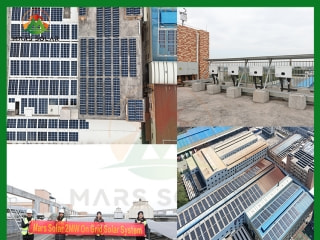 2MW Solar Panel System For Factory2MW mars solar grid-tied solar panel system for factory have designed, produced, and installed in a factory.How does Mars Solar build such a solar panel system for factory? 1. Data collection Before designing the plan, the factory owner vi
2MW Solar Panel System For Factory2MW mars solar grid-tied solar panel system for factory have designed, produced, and installed in a factory.How does Mars Solar build such a solar panel system for factory? 1. Data collection Before designing the plan, the factory owner viDo you like ?0
Read more -
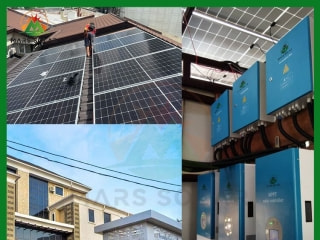 100KW Solar For Hotels And Resorts In NigeriaIn December 2024, the Mars Solar 100KW Nigeria solar for hotels and resorts project was successfully completed. In May 2024, the customer contacted Mars solar and had a series of communications on the solar for hotels and resorts project. The d
100KW Solar For Hotels And Resorts In NigeriaIn December 2024, the Mars Solar 100KW Nigeria solar for hotels and resorts project was successfully completed. In May 2024, the customer contacted Mars solar and had a series of communications on the solar for hotels and resorts project. The dDo you like ?0
Read more -
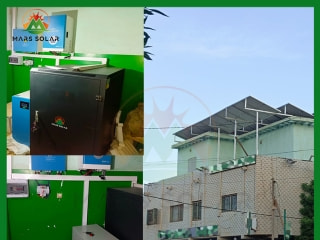 Reliable Energy Solutions for a Mali Pharmacy: 15KW Solar System Success StoryIn the heart of Mali, reliable electricity is a significant challenge, with power coming on for just 2 hours and then cutting off for 4 hours multiple times a day. This erratic power supply is particularly problematic for businesses that depend on consist
Reliable Energy Solutions for a Mali Pharmacy: 15KW Solar System Success StoryIn the heart of Mali, reliable electricity is a significant challenge, with power coming on for just 2 hours and then cutting off for 4 hours multiple times a day. This erratic power supply is particularly problematic for businesses that depend on consistDo you like ?0
Read more -
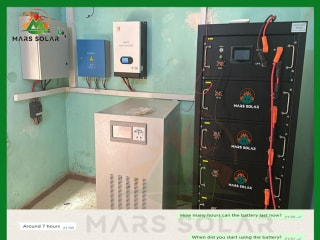 Harnessing the Sun: A Sustainable Solution for Abou's Family in MaliIn the heart of Mali, families like Abou's face daily challenges with electricity access, enduring power outages that can last up to 12 hours. To combat this, Abou relies heavily on a diesel generator to power his home, which includes essential applia
Harnessing the Sun: A Sustainable Solution for Abou's Family in MaliIn the heart of Mali, families like Abou's face daily challenges with electricity access, enduring power outages that can last up to 12 hours. To combat this, Abou relies heavily on a diesel generator to power his home, which includes essential appliaDo you like ?0
Read more

